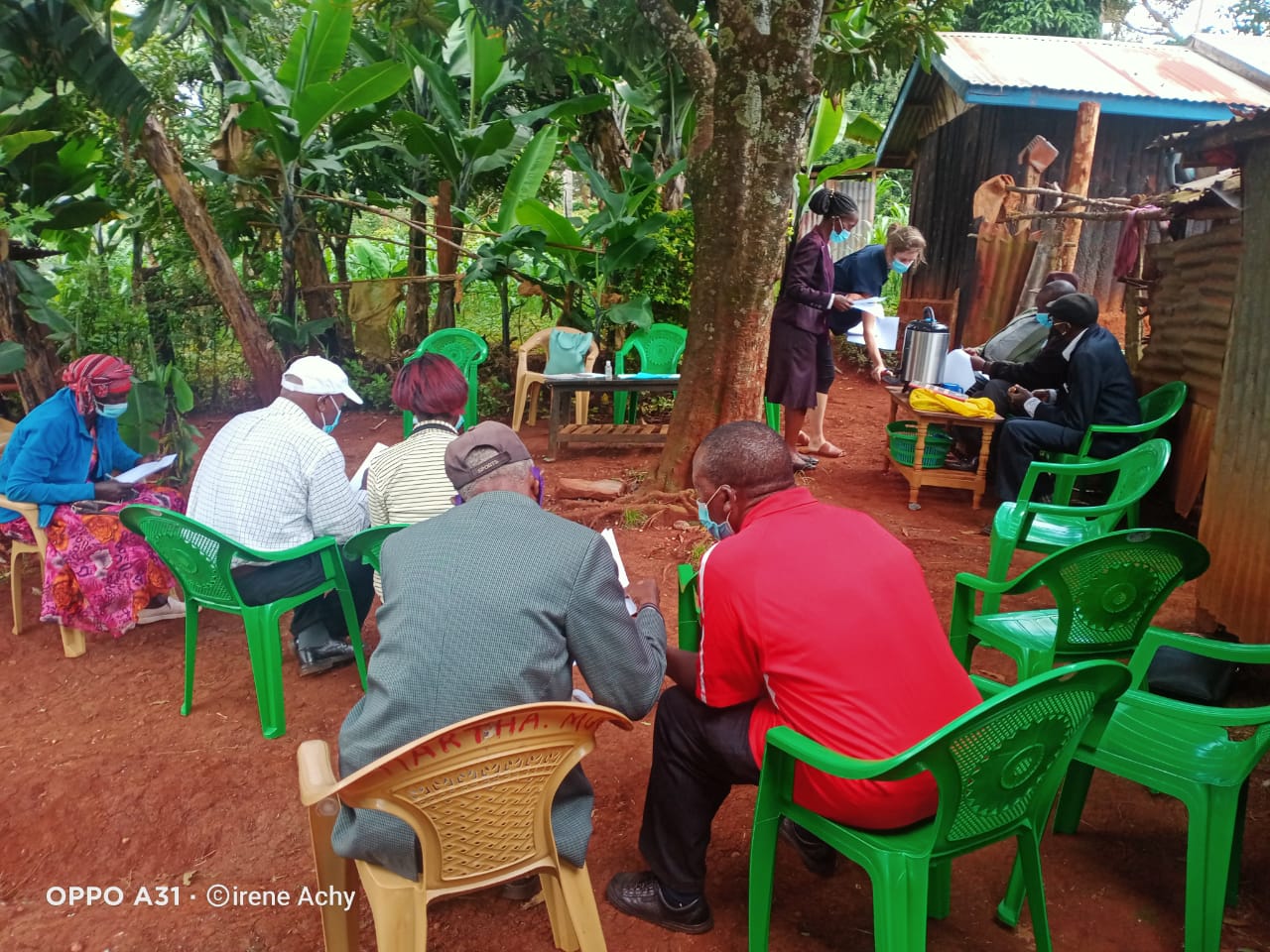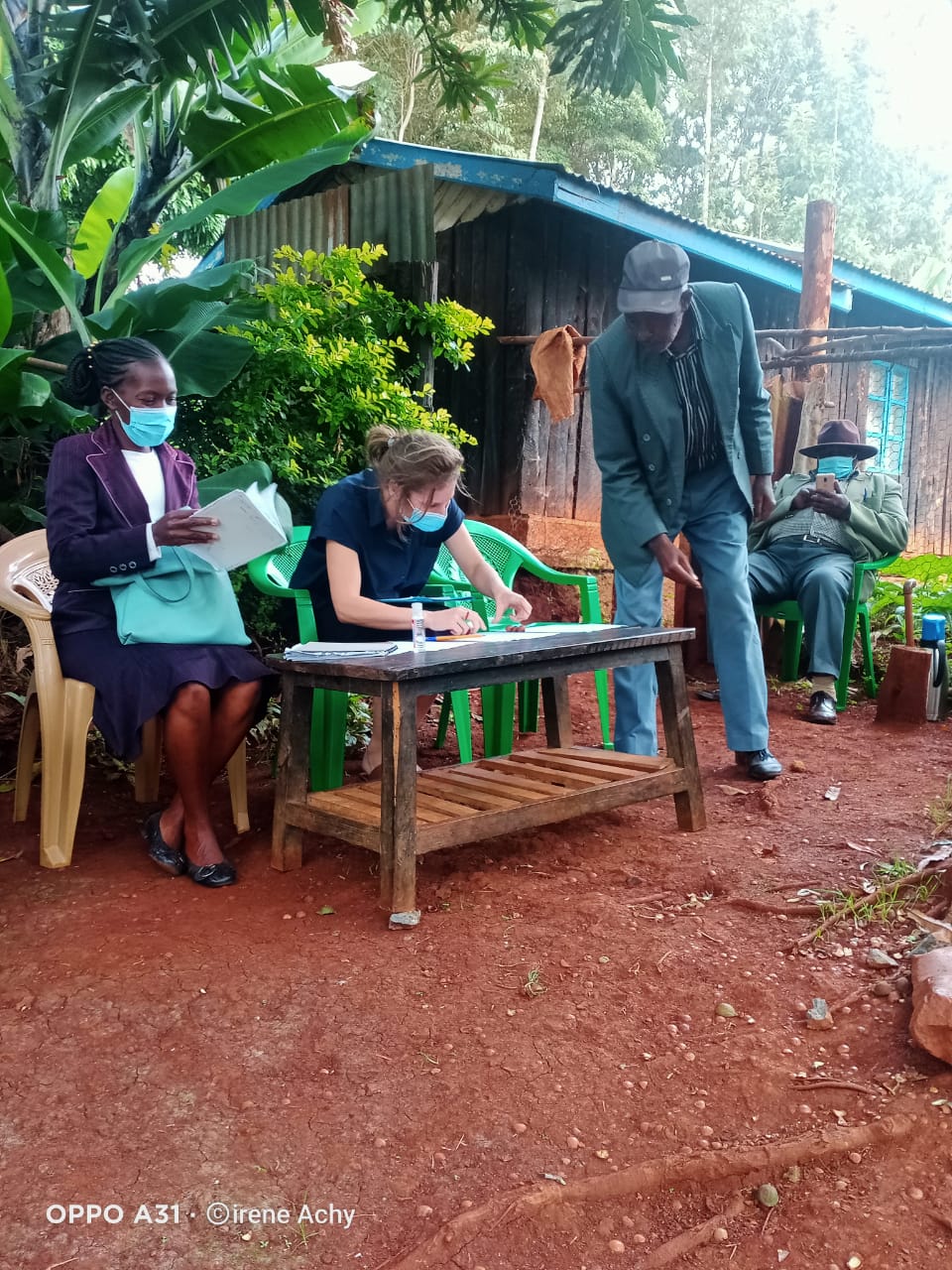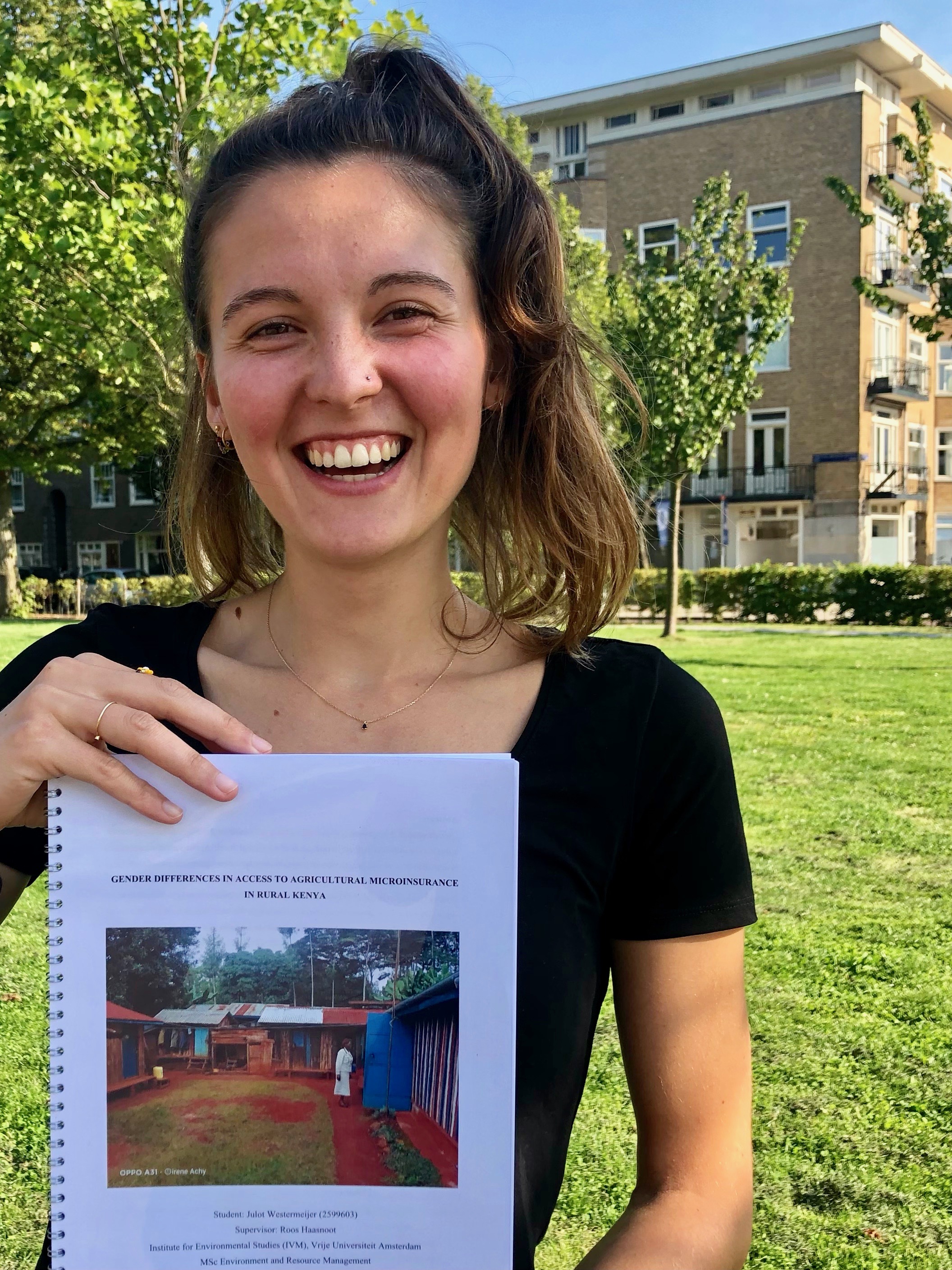Labour market study on Ethiopia's horticulture sector
Research: "Gender differences in access to agricultural microinsurance in rural Kenya"
Executive summary
Climate change is increasingly impacting millions of lives around the world and is especially a threat to smallholder farmers in rural areas of the Global South. Agricultural microinsurance, succinctly described as the protection of low-income farmers against climate-related shocks such as droughts, is argued to be a way to help these farmers build more resilience against such impacts¹. Since women are most vulnerable to climate change and related shocks to the household², it is especially important that women have access to these insurance products. However, while limited data is available, persistent gender gaps in agriculture and financial inclusion in Sub-Saharan Africa provide reason to believe female farmers in this region are not able to access these insurance products in the same way as male farmers. Previous research on the underlying factors to a gender gap in access to insurance is limited and inconclusive. Therefore, this research aims to describe the state of female farmers regarding agricultural microinsurance, explore factors that might contribute to a gender gap in access to these insurance products, and identify entry points for enhancing women’s access. The current study takes a particular focus on rural Kenya and relies on primary data from 15 semi-structured interviews with various experts, as well as secondary data from desk research.
The results showed that, first of all, there seems to be a gender gap in uptake of agricultural microinsurance in Kenya, as women were often underrepresented in terms of policyholders, as compared to men. However, since limited gender-disaggregated data was available, these results must be interpreted with caution.
Secondly, barriers that prevent female farmers from having access to insurance were found to be cultural norms, distribution methods, a lack of access to mobile technology, different social networks, a gender gap in financial inclusion, the bundling of insurance, land ownership and affordability of the premiums. Cultural norms were named most frequently and appear to be underlying to most, if not all, other barriers found. For example, despite various legal reforms³, women still have less access to land ownership than men in Kenya, mainly due to social assumptions and informal land practices that go beyond legal structures4. This suggests that culture and gender norms play a disproportionately large role in determining women’s access to agricultural microinsurance.
Finally, various entry points to enhance women’s access to agricultural microinsurance were identified. The most mentioned opportunity was related to distribution methods, which, again, closely links to culture and gender norms. For example, it was argued that focusing on points of aggregation for women is important. Therefore, in Kenya, where women are more involved in domestic value chains and fruit and vegetable export businesses5, insurance providers may need to focus more on these areas. Similarly, engaging with savings groups was frequently mentioned as an opportunity to reach more women, as these groups are highly dominated by women and seem to be an effective channel for insurance providers due to the trickle-down effect. However, it is important to keep in mind that women go back to their households where, often, certain power dynamics are at play. Therefore, it is important not to overburden women, as there can be unintended negative consequences within the household.
Various other aspects and points of consideration were discussed as well. For example, the results provide no clear answer on whether female farmers benefit from insurance in the same way male farmers do. This leaves the question of whether female farmers want insurance in the first place. In this respect, interviewees advocated for a bottom-up approach. Firstly, in asking female farmers what their specific needs are and taking this into consideration when designing the insurance product. Secondly, a bottom-up approach also means looking at protecting smallholder farmers in rural areas from risks in a holistic way. This goes beyond identifying obstacles for farmers in purchasing insurance and includes asking farmers what they need in order to manage their risks and build more resilience, even if this does not include insurance.
In conclusion, this research provides an initial understanding of women’s ability to access agricultural microinsurance, upon which several steps can and should be undertaken for a more gender-inclusive approach.
Sources
1. Apostolakis et al., 2015; Porth & Tan, 2015; Barrett et al., 2007; Hess et al., 2005; Cohen & Sebstad, 2005; Dercon & Hoddinott, 2003; Demetriades & Esplen, 2008; NEPAD, 2013
3. For example, the Matrimonial Property Act (2013) provides women with the right to buy and register land individually and the Land Act (2016) requires spousal consent to sell land.
4. Michuki, 2015
5. Hyun et al., 2020; Oduol et al., 2017
Interested? Please feel free to contact us at: info@gender2connect.org



